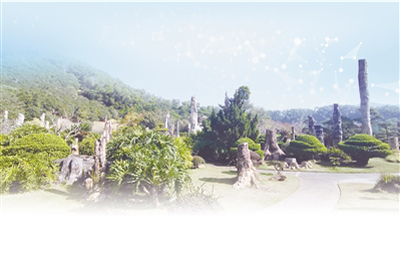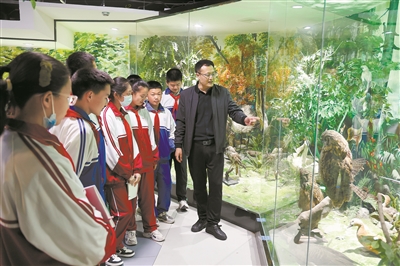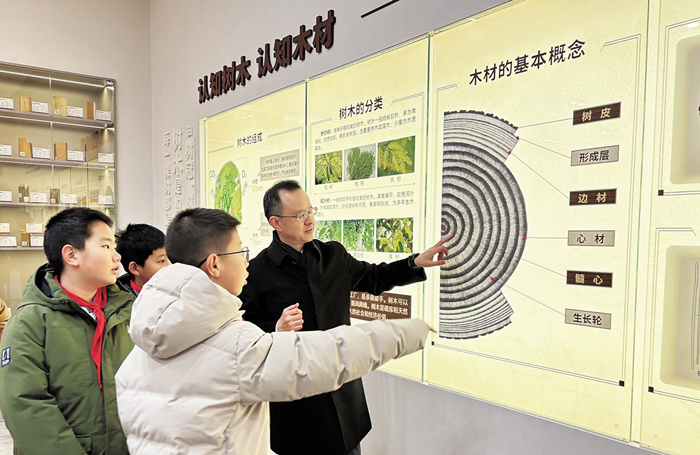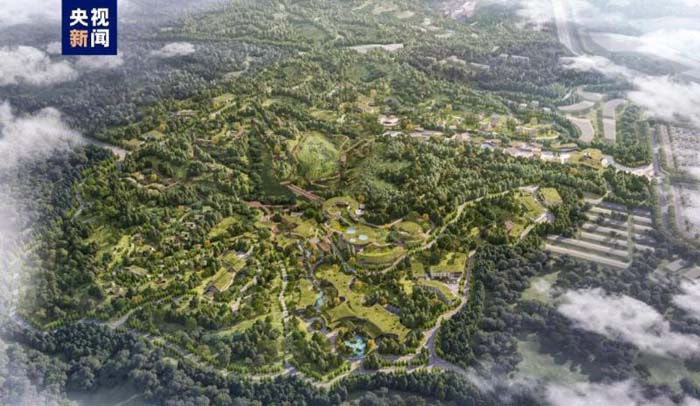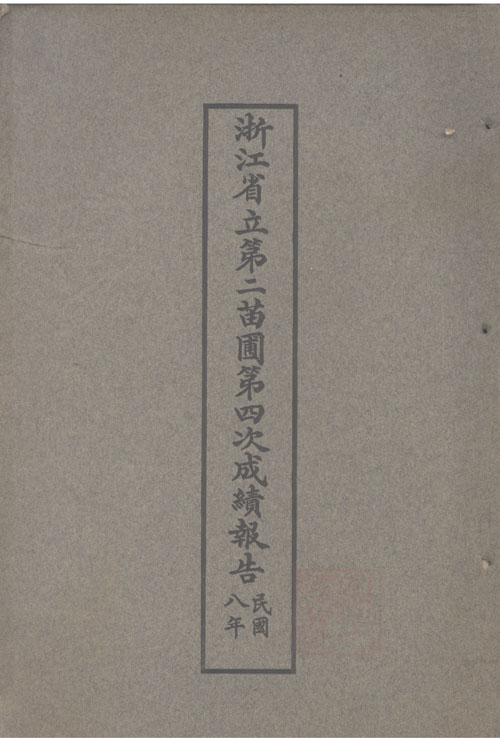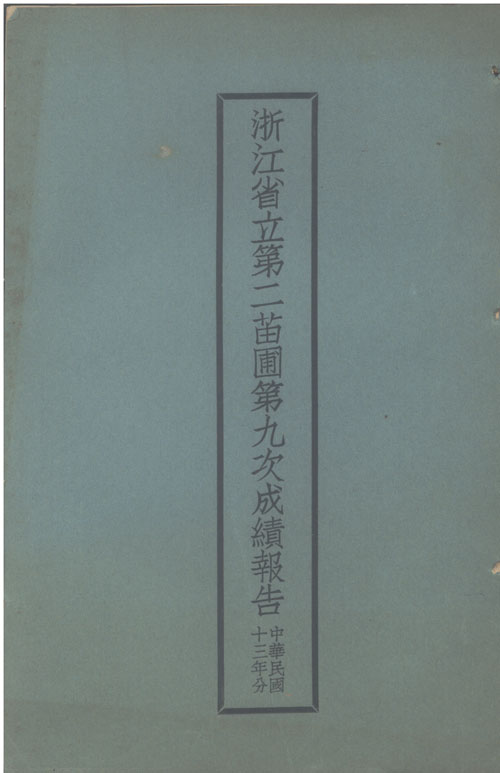
“以学习者为中心”的美国南部植物园科普活动研究
编号
lyqk008832


中文标题
“以学习者为中心”的美国南部植物园科普活动研究


作者单位
北京林业大学园林学院 北京 100083


期刊名称
中国城市林业


年份
2021


卷号
19


期号
1


栏目名称
研究论文


中文摘要
文章以美国南部26个植物园的科普活动为切入点,从受众对象、活动开展形式和内容方面进行系统分析,总结归纳其科普活动特点,为我国植物园建设提供借鉴和参考。研究表明:1)美国南部26个植物园全年四季都开展科普活动,高峰期聚集在夏秋季;2)科普活动形式分为线下和线上两种模式,以线下为主,成为公众学习、社交的重要媒介;3)依据年龄及活动主题,更加精细和全面划分教育对象,主要有儿童项目、青少年项目、成年人项目、家庭项目、在校学生团体项目、教师培训项目;4)科普活动内容主要包括教育及展示活动、参与体验活动和娱乐休闲活动,其中参与体验活动占比最大,为50.86%,体现了以学习者为中心的模式,强调学习者的自主参与探究和自主发现。


关键词
植物园
科普教育
受众分析
活动形式
活动内容
美国南部地区


基金项目
北京林业大学建设世界一流学科和特色发展引导专项资金资助(2019XKJS0320)


英文标题
“Learner-Centered” Science Popularization Activities in the Botanical Gardens of the Southern United States


作者英文名
Hou Chenran, Wang Meixian, Dong Li


单位英文名
School of Landscape Architecture, Beijing Forestry University, Beijing 100083, China


英文摘要
This paper analyzes and summarizes the characteristics of the science popularization activities in 26 botanical gardens in the southern United States in terms of the audiences, forms and contents of the activities, with the aim to provide references for the development of botanical gardens in China. The results show that: 1) the 26 botanical gardens carry out science popularization activities at four seasons, and the peak period falls in summer and autumn; 2) The science popularization activities are categorized into two types, i.e., offline and online, and the offline science popularization is an important medium for public learning and social interaction; 3) The activities could be more correctly and comprehensively categorized for different audiences according to their age and activity theme, mainly including children's programs, youth programs, adult programs, family programs, student group programs, and teacher training programs; 4) The contents of science popularization activities mainly include education and exhibition activities, participation experience activities and entertainment and leisure activities, among which 50.86% is the participation experience activities and it takes up the largest proportion. It embodies the learner-centered model, emphasizing the learner's independent participation, inquiry, and discovery.


英文关键词
botanical garden;science popularization education;audience analysis;activity form;activity content;Southern United States


起始页码
111


截止页码
116


投稿时间
2019/11/6


作者简介
侯晨冉(1997-),女,硕士生,研究方向为植物景观规划设计。E-mail:2426271376@qq.com


通讯作者介绍
王美仙(1980-),女,博士,副教授,研究方向为植物景观规划设计、景观生态修复。E-mail:wangmx@bjfu.edu.cn


E-mail
wangmx@bjfu.edu.cn


DOI
10.12169/zgcsly.2019.11.06.0002


参考文献
[1] 余树勋.植物园规划与设计[M].天津:天津大学出版社,2000.
[2] 任海.科学植物园建设的理论与实践[M].北京:科学出版社,2006.
[3] 路景菊,张乐平.科普教育的反思与对策[J].社会科学论坛,2005(9):127-128.
[4] 何加宜,李永红.关于《植物园设计标准》编写中若干问题的思考和探讨[J].中国园林,2019,35(8):94-97.
[5] 贺善安,张佐双.植物园的基本性质与多样性[C]//中国植物学会植物园分会2006年学术会议论文集.北京:中国林业出版社,2006:7-13.
[6] 贺善安,张佐双,顾姻.植物园学[M].北京:中国农业出版社,2005.
[7] 许玲,陈进,李大光,等.透过三个植物园探索中国植物园科普发展历程[J].科普研究,2009,4(5):80-83.
[8] BRAMWELL D.The Response of botanic gardens to climate change[J].Roots,2007,4(2):3-8.
[9] WATSON G W,HEYWOOD V,CROWLEY W.North American botanic gardens[J].Hort.Rev,1993,15(1):1-62.
[10] 许玲,陈进,朱鸿祥.植物园以学习者为中心的科普教育方式的一次效果评估:以中科院西双版纳热带植物园为背景[J].科普研究,2007(2):32-38.
[11] 赵晓龙,赵文茹,张波.美国植物园的公众活动研究[J].中国园林,2016,32(1):115-120.
[12] MORGAN S C,HAMILTON S L,BENTLEY M L,et al.Environmental education in botanic gardens:exploring brooklynbotanic garden's project green reach[J].The Journal of Environmental Education,2009,40(4):35-52.
[13] 张媛.美国芝加哥植物园的环境教育及启示[C]//中国风景园林学会2011年会论文集(上册).南京:中国建筑工业出版社,2011:104-108.
[14] 金飚.哈佛大学阿诺德树木园的公共教育及其启示[J].教育探索,2012,(11):152-153.
[15] 阎姝伊,郑曦.植物园科普教育系统规划设计探析[J].中国城市林业,2018,16(3):52-56.
[16] 孟宪民.国外植物园发展现状及对我国植物园建设的启示[J].世界林业研究,2004,(5):4-8.
[17] LEWIS A J,AFFOLTER J M.The state botanical garden of Georgia:a living laboratory for student education[J].Hort-Technology,1999,9(4):570-572.
[18] 杜家烨.自媒体视域下的自然教育实践[D].杭州:浙江农林大学,2018.
[19] 帕森斯T.现代社会的结构与过程[M].北京:光明日报出版社,1988.
[20] DJONKO-MOORE C M,LEONARD J,HOLIFIELD Q,et al.Using culturally relevant experiential education to enhance urban children's knowledge and engagement in science[J].Journal of Experiential Education,2018,41(2):137-153.
[21] ZELENIKA I,MOREAU T,LANE O,et al.Sustainability education in a botanical garden promotes environmental knowledge,attitudes and willingness to act[J].Environmental Education Research,2018,24(11-12):1-16.
[22] JOHNSON N C.Nature displaced,nature displayed:order and beauty in botanical gardens[M].IB Tauris,2011.
[23] WAGNER L K,FONES S W.Enhancing science education experiences through garden explorations:an inquiry-based learning opportunity at the South Carolina Botanical Garden[J].HortTechnology,1999, 9(4):566-569.
[24] 苏媛媛,陈泓.可持续的培育:美国纽约布鲁克林植物园儿童花园设计策略[J].装饰,2019(02):82-85.
[25] 李梅编,译.植物园与环境教育:植物园环境教育指南[M].南京:南京师范大学出版社,1998.
[26] (英)莱德雷E,(英)格琳J.达尔文植物园技术手册[M].郑州:河南科学技术出版社,2005(1):130.
[27] 焦阳,邵云云,廖景平,等.中国植物园现状及未来发展策略[J].中国科学院院刊,2019,(12):1351-1358.
[28] 高凤君.植物科普教育的发展与创新[J].热带农业工程,2019,43(2):210-214.
[29] 吴鸿.美国植物园的发展现状对中国植物园可持续发展的启示[J].中国园林,2013,29(4):91-94.
[30] 张君楠.北京植物园科普教育现状及拓展研究[D].北京:中国林业科学研究院,2015.
[31] 张元燕,周兰平,杨勋等.基于二维码技术的植物科普系统[J].广东园林,2014,36(3):62-64.


PDF全文
浏览全文


-
相关记录
更多
- 哨兵树预警潜在外来林业有害生物研究进展 2023
- 植物园自然教育学习单应用效果评价 2023
- 游憩者知觉自然度对恢复性知觉的影响 2022
- 上海植物园附属设施的需求态势与满意度 2021
- 俄罗斯植物园特色与活力营造 2021
- 美国南部植物园专类园主题设计 2020
 打印
打印
